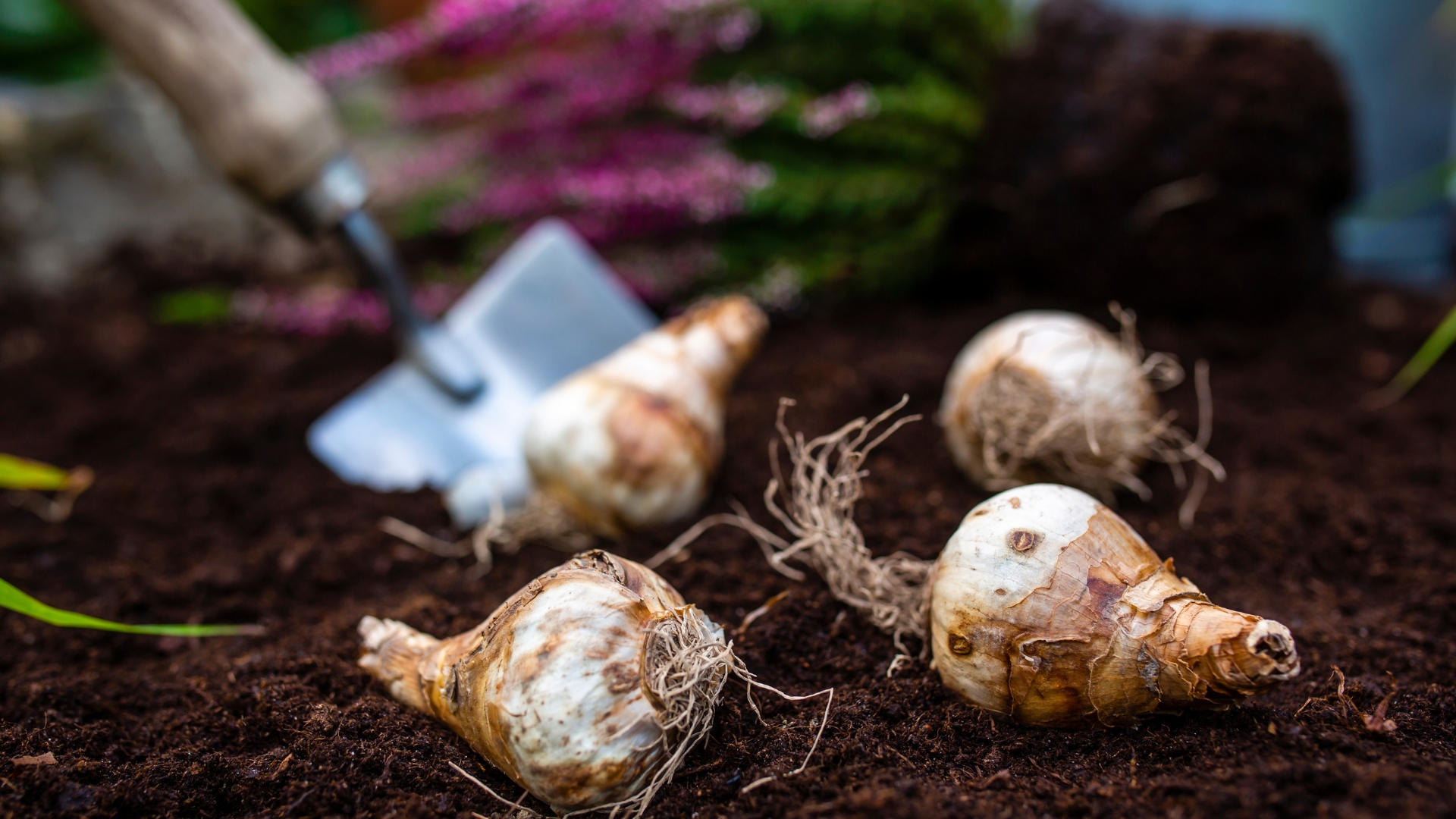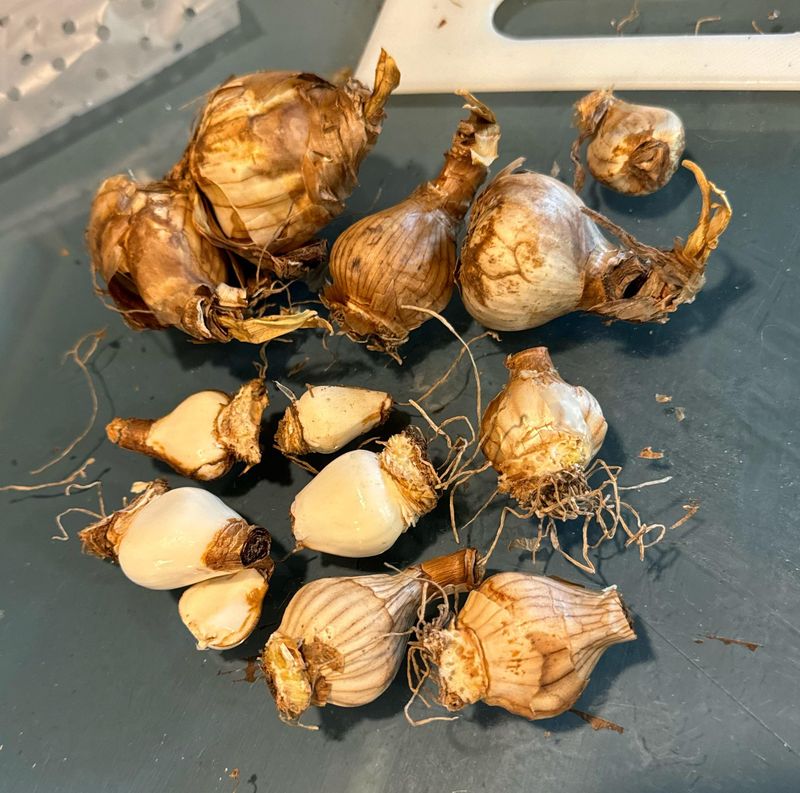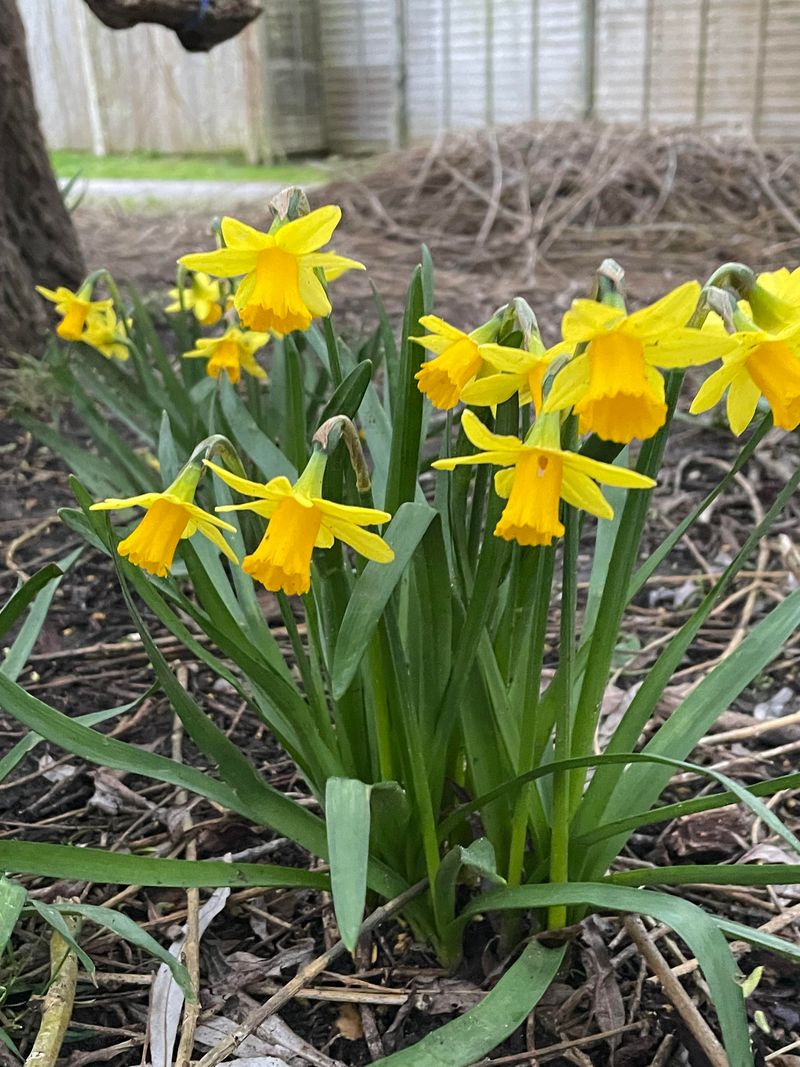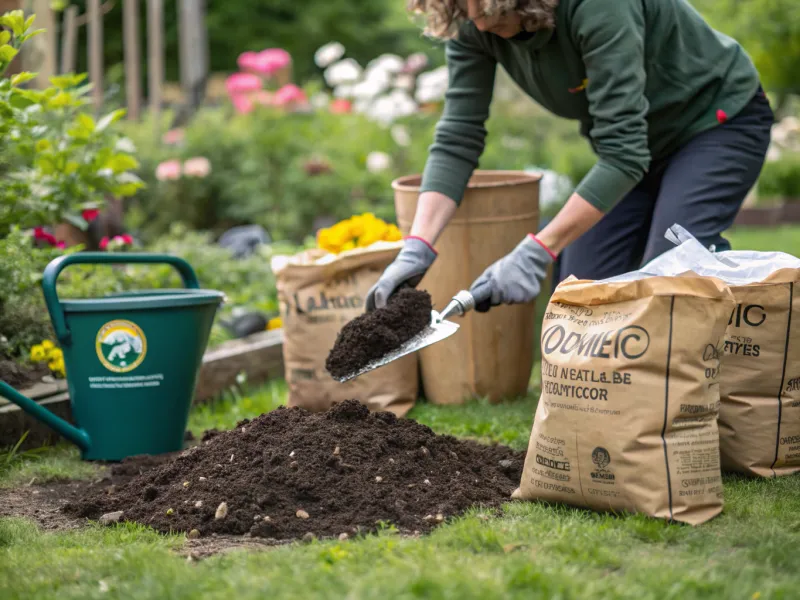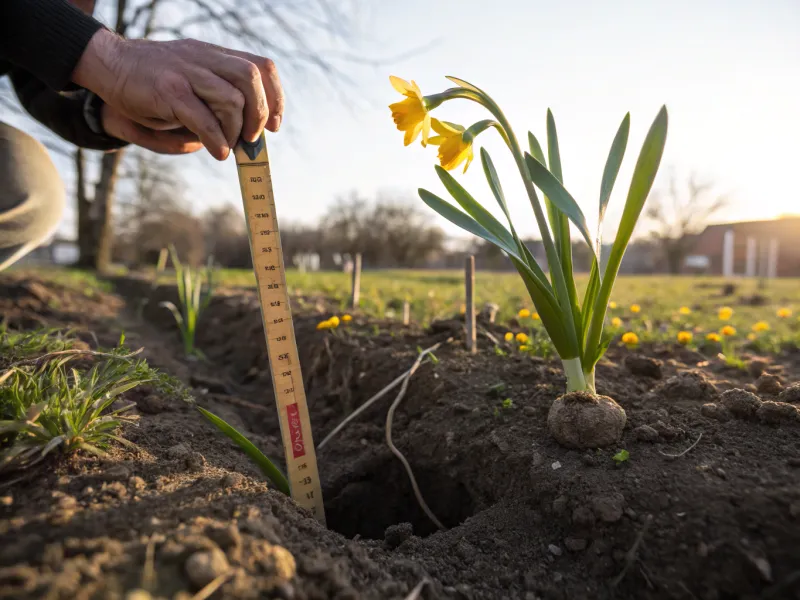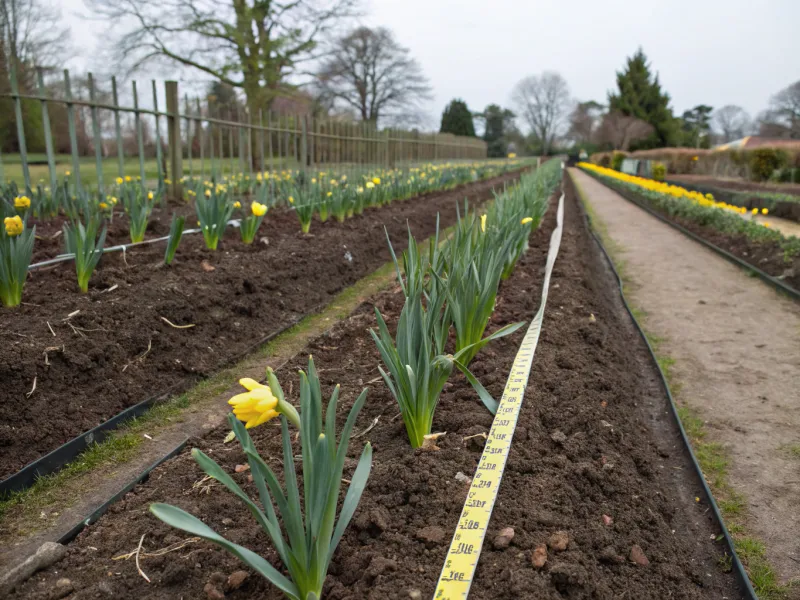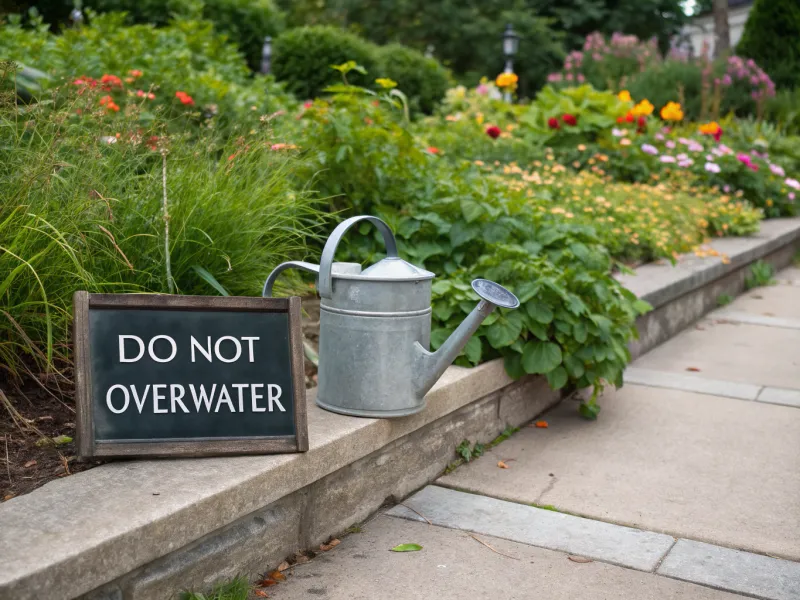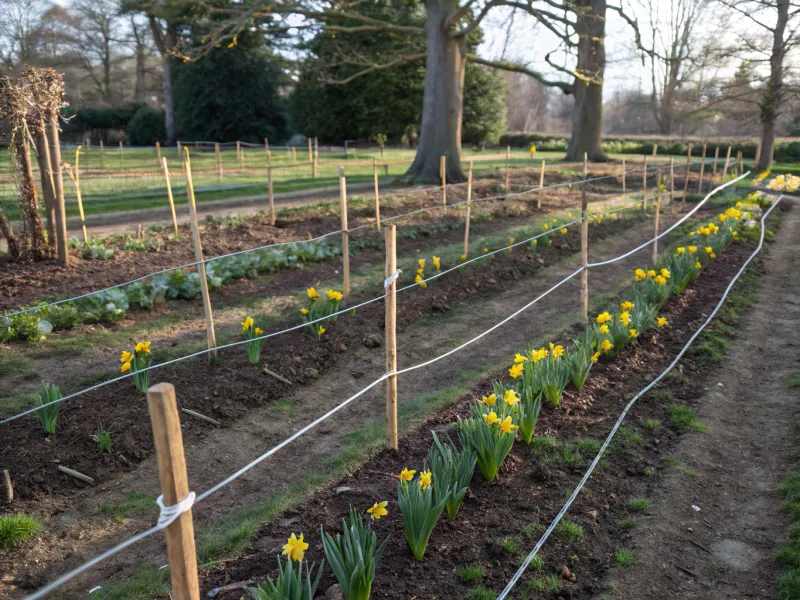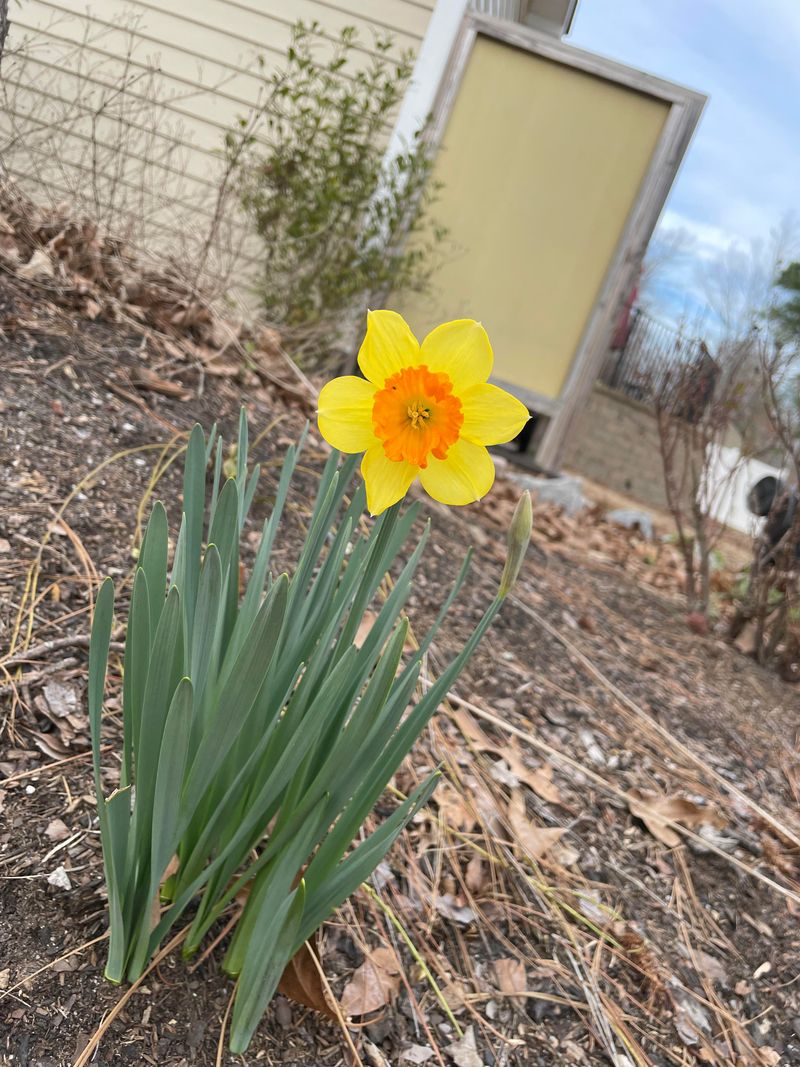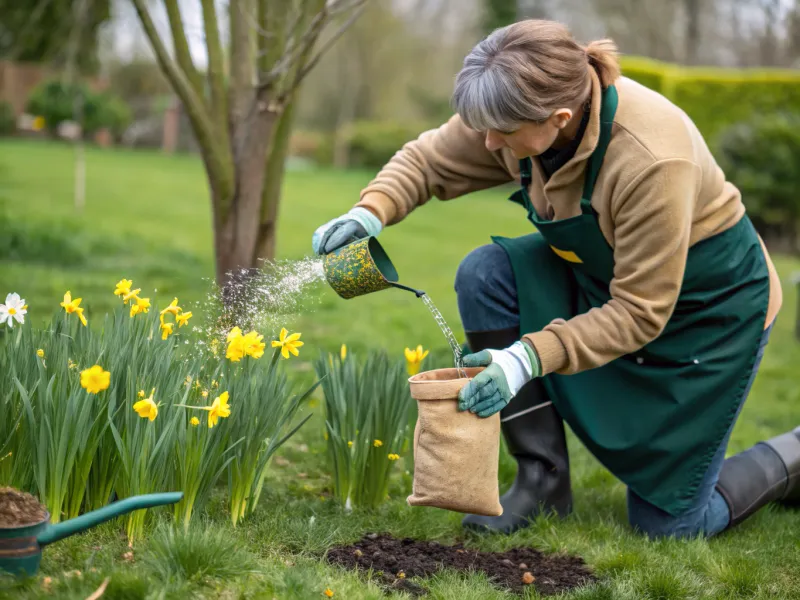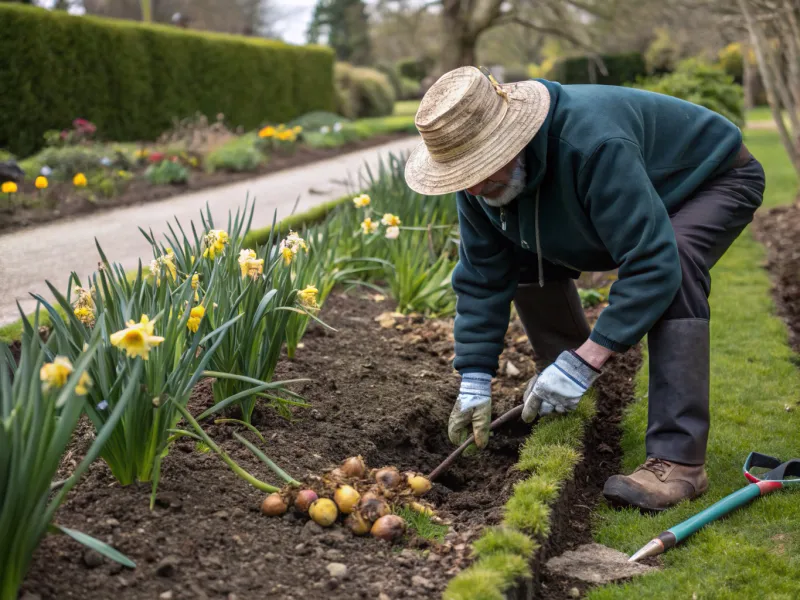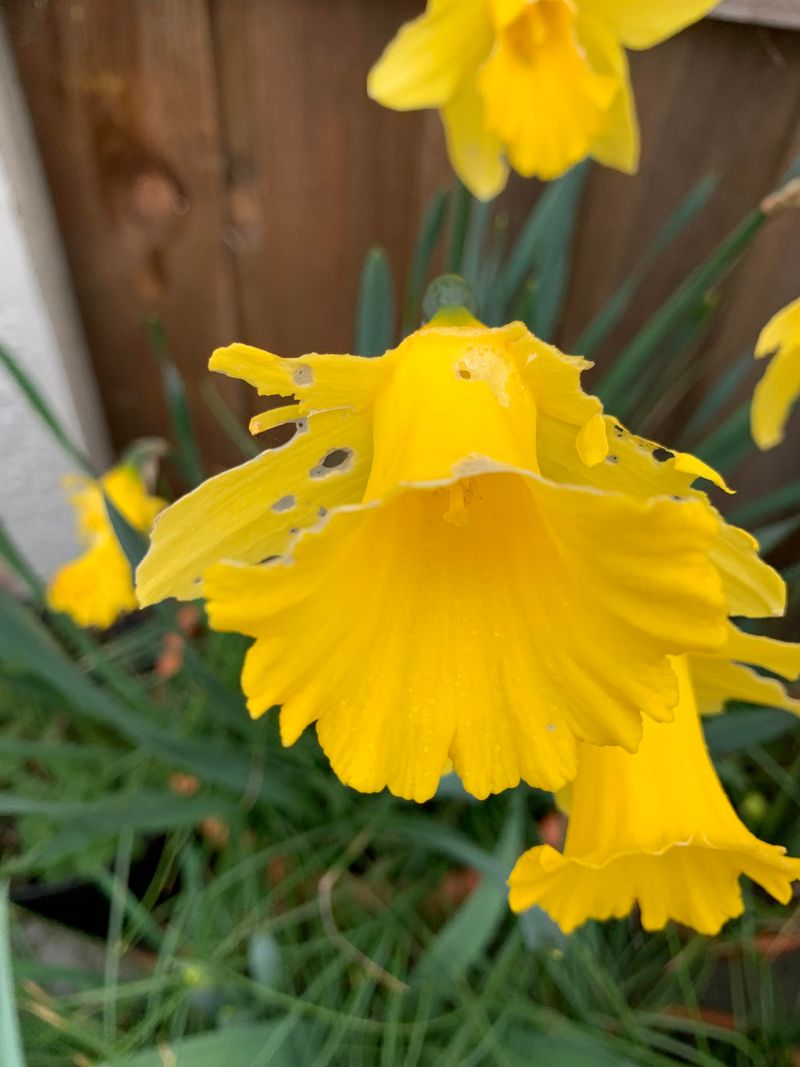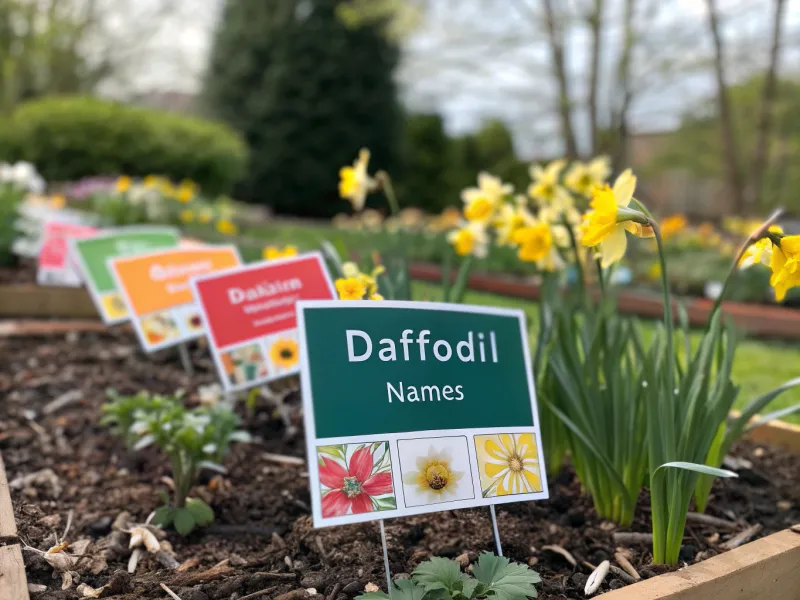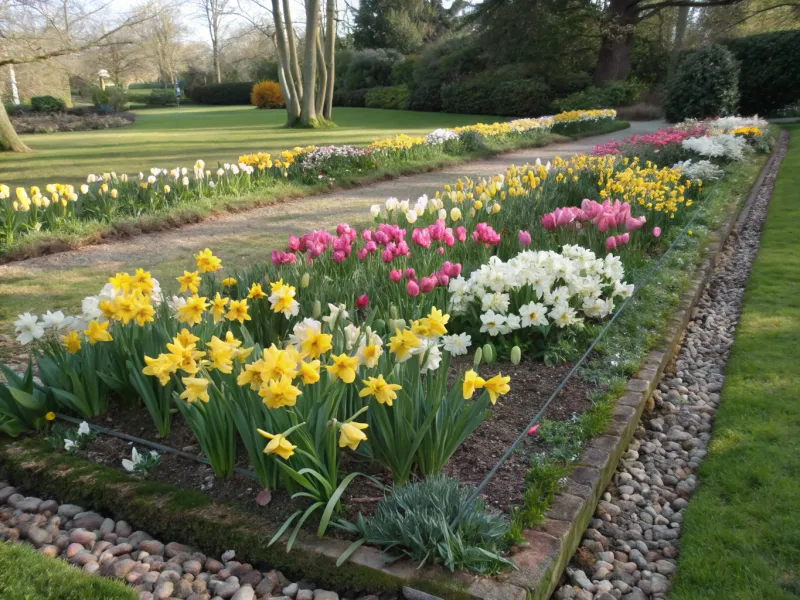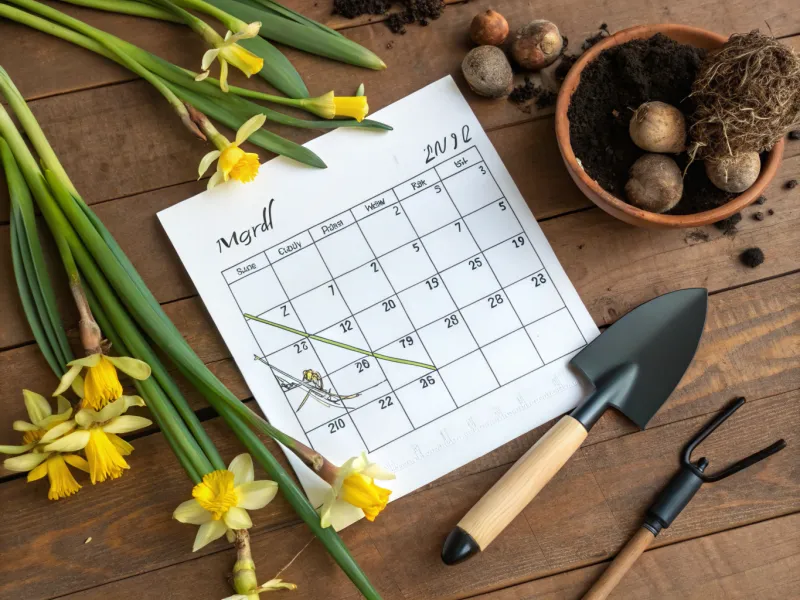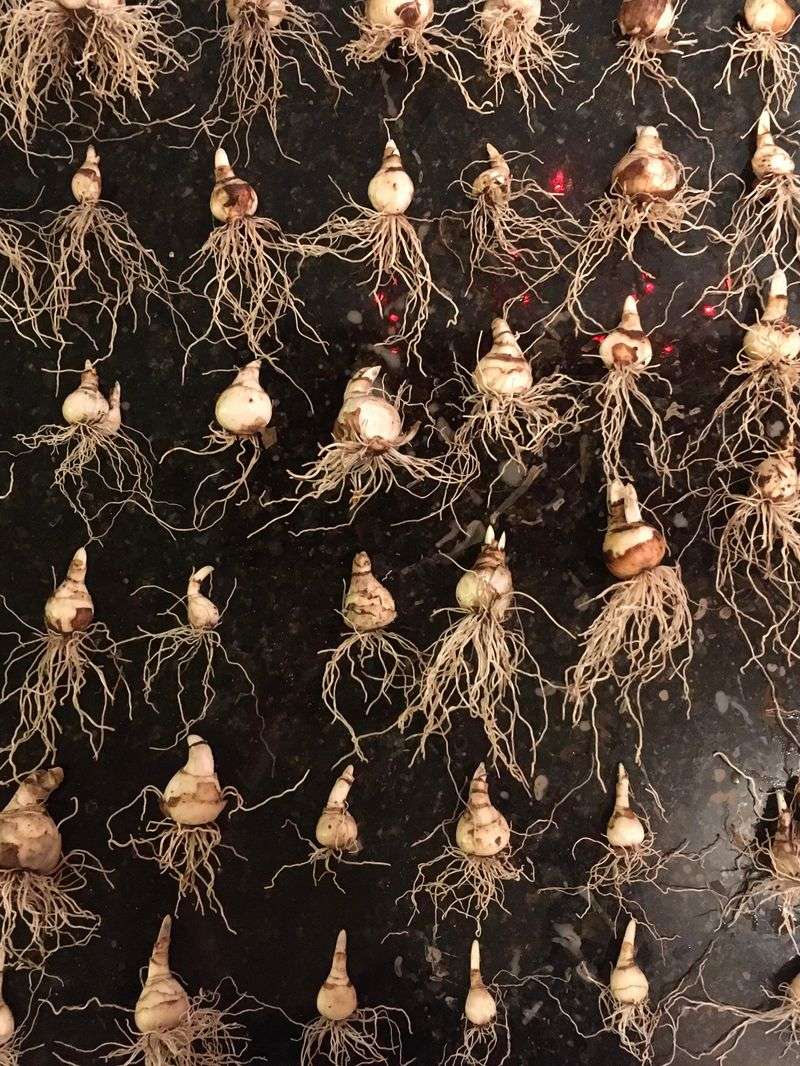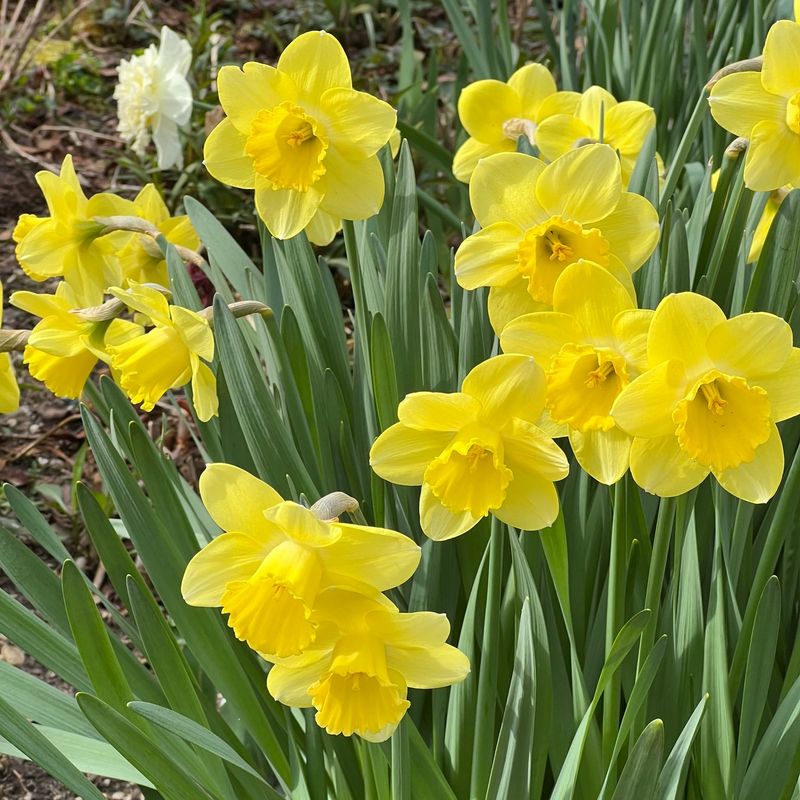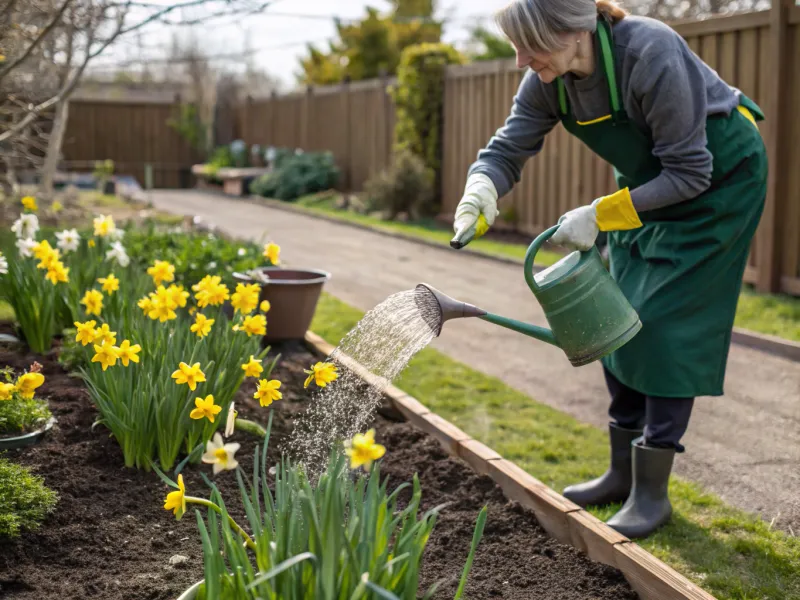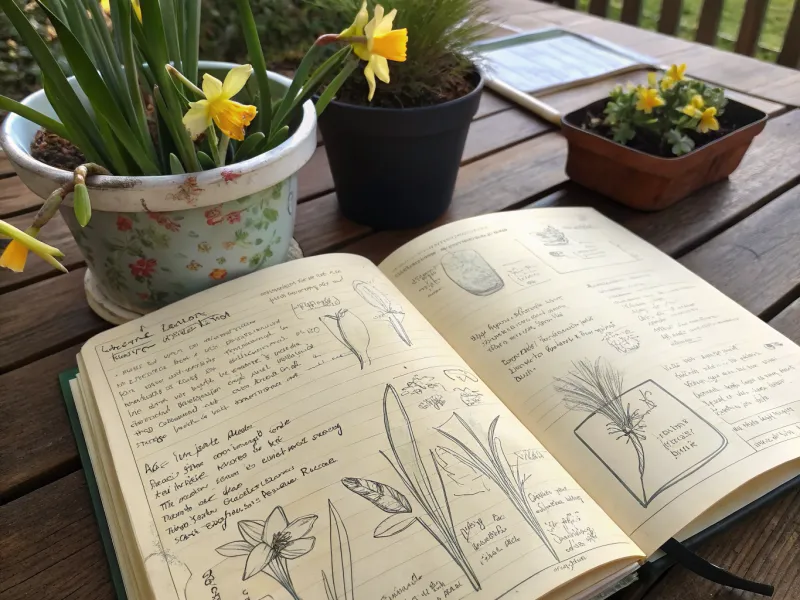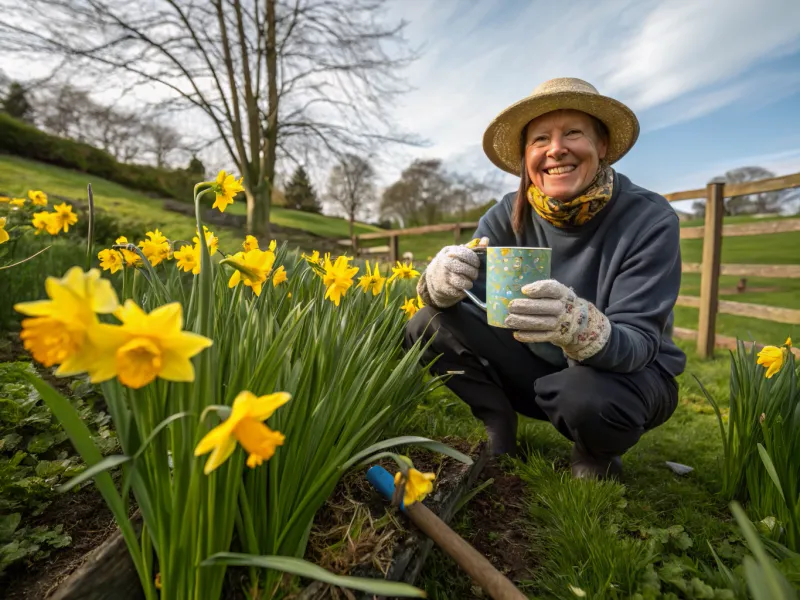Planting daffodil bulbs can feel like a simple task, but a little know-how can go a long way in making sure those blooms shine brightly come spring. If you’re looking to add a burst of yellow to your garden, these 20 tips will help you plant your daffodil bulbs like a pro.
From choosing the right spot to getting the soil just right, I’ve gathered advice from seasoned gardeners to ensure your bulbs thrive. Whether you’re a first-time gardener or a seasoned pro, these tips will help you get the most out of your daffodils. Ready to plant some sunshine? Let’s get started!
1. Choose the Right Bulbs
When it comes to daffodils, choosing the right bulbs is your first step to a blooming garden. Look for firm, plump bulbs with no blemishes to ensure a healthy start. Think of it like picking the best produce at the market—only the finest will do!
Mix different varieties to create a colorful, dynamic spring display, and remember: healthy bulbs mean happy flowers.
2. Find the Perfect Spot
Daffodils are like sunbathers—they need plenty of sunshine! Find a spot with at least six hours of sunlight per day to keep them shining bright.
Make sure the soil is well-drained, as daffodils don’t like to get their feet wet. A sunny, dry spot will make all the difference when those beautiful blooms pop up come spring.
3. Prepare the Soil
Before you plant your daffodil bulbs, give the soil some extra love. Loosen it up and mix in compost to create the perfect home for your bulbs to thrive.
Think of it like preparing a cozy bed for your daffodils to settle into. With rich, well-prepared soil, you’re setting your bulbs up for success, ensuring they grow strong and vibrant.
4. Planting Depth Matters
When it comes to planting daffodils, depth is key! Place your bulbs about two to three times their height into the soil, making sure they’re cozy but not buried too deep.
Too shallow, and they might fall over; too deep, and they’ll struggle to bloom. Get it just right, and you’ll be rewarded with a garden full of tall, graceful daffodils.
5. Spacing for Success
Give your daffodils the space they need to show off! Plant each bulb about three to six inches apart to allow them to grow freely without crowding each other.
Imagine each bloom as a dancer on a stage, needing enough room to spin and shine. When they have the space to breathe, your daffodils will put on a breathtaking performance.
6. Avoid Overwatering
Daffodils are a bit picky when it comes to water. They like a drink but don’t want to be soaked—think of it like giving them a refreshing sip, not a full-on shower.
Overwatering can lead to soggy bulbs, so make sure the soil is dry between waterings. A little moderation goes a long way, and your daffodils will reward you with vibrant blooms.
7. Mark Your Planting Area
After planting your daffodils, make sure you mark the spot so you don’t forget where they are. Use stakes or twine to outline the area, creating a garden map.
This will prevent accidental digging or trampling, keeping your bulbs safe and sound. Plus, it’s a great way to show off your gardening skills to anyone who’s curious about your blooming beauties.
8. Mulching for Protection
Mulch is like a cozy blanket for your daffodils during the colder months. A layer of straw, bark, or leaves will keep the soil moist and prevent weeds from taking over.
It’s also a protective layer that shields your bulbs from the winter chill. With mulch, your daffodils will stay safe and snug until they’re ready to burst into spring.
9. Fertilize Wisely
Your daffodils will appreciate a little extra love in the form of fertilizer. Choose a balanced bulb fertilizer to give them the boost they need in early spring.
But remember, moderation is key—too much fertilizer can lead to tall, lanky growth and fewer blooms. A little nourishment goes a long way to keeping your daffodils healthy and vibrant.
10. Rotate Your Bulbs
Just like us, daffodils need a change of scenery every now and then. Rotate your bulbs every few years to keep them healthy and prevent overcrowding.
Dig them up after the foliage dies back, and replant them in a fresh spot. This keeps the soil happy and gives your bulbs a better chance of blooming year after year.
11. Protect from Pests
Garden pests can be a real nuisance, but there are ways to keep them away from your precious daffodils. Natural deterrents like crushed eggshells or coffee grounds can help protect your bulbs from slugs and snails.
It’s like building a little fortress around your garden. With a little effort, your daffodils will stay pest-free and keep blooming beautifully.
12. Label Your Varieties
Want to keep track of all your daffodils? Label each variety so you can remember who’s who in your garden. Use stakes or creative labels to jot down the name and traits of each type.
This way, when the blooms start to pop up, you’ll be able to recognize each one and enjoy the variety you’ve planted.
13. Plan for Companion Planting
Companion planting is a fun way to enhance the beauty of your daffodils. Pair them with other spring blooms like tulips, crocuses, or hyacinths for a vibrant, multi-colored garden.
These plants will complement your daffodils and help create a stunning display. Together, they’ll transform your garden into a springtime masterpiece.
14. Timing is Everything
Timing is crucial when it comes to planting daffodils. For the best blooms, plant your bulbs in the fall, about six weeks before the first frost.
This gives them time to establish roots before the winter chill sets in. When you get the timing just right, your daffodils will bloom exactly when you want them to—right in the heart of spring.
15. Use Quality Tools
Gardening is a lot easier (and more enjoyable) with the right tools. Invest in quality trowels, gloves, and bulb planters to make the process smoother.
With the right gear, you can plant your daffodils with precision and ease. Plus, it’s a lot more fun when you’ve got the right tools to help you get the job done.
16. Choose the Right Time to Divide
Dividing daffodils is important for keeping them healthy and thriving. After a few years, your bulbs may become overcrowded, so it’s time to separate them.
The best time to divide is after the foliage has died back, but before the ground freezes. This gives your daffodils room to grow and bloom more beautifully the following season.
17. Be Patient with Blooming
Good things come to those who wait, especially in the garden. Daffodils might take a season or two to reach their full blooming potential, but the wait is worth it.
Be patient and enjoy the anticipation as your bulbs grow. When they finally bloom, you’ll be rewarded with a spectacular display of sunshine-yellow flowers.
18. Water After Planting
The first drink is the most important! After planting your daffodil bulbs, give them a good watering to settle them in. It helps them establish roots and prepares them for the season ahead.
Think of it as giving them a warm welcome to their new home—this initial hydration sets the stage for beautiful blooms later on.
19. Record Your Garden’s Progress
Documenting your garden’s progress is a great way to learn and grow as a gardener. Keep track of when your daffodils sprout, when they bloom, and any challenges you face along the way.
A garden journal is a wonderful tool for reflecting on what works and what could be improved next season. Plus, it’s fun to look back and see how your garden evolves over time.
20. Celebrate Your Success
After all the hard work, take a moment to celebrate your daffodil success! Once those blooms pop up, step back and admire the fruits of your labor.
Share the joy with friends and family, showing off your vibrant garden. A little celebration goes a long way in appreciating the beauty you’ve created and the effort you’ve put in.

